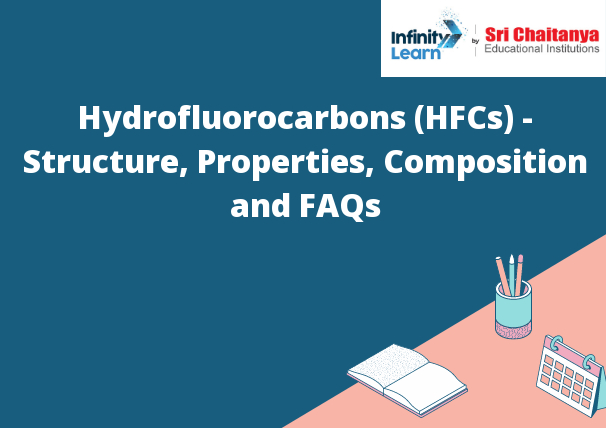Table of Contents
What Does HFC Mean? ;
HFC stands for hydrofluorocarbon. It is a type of greenhouse gas that is used in a variety of applications, including refrigeration and air conditioning. HFCs are very potent greenhouse gases and are believed to be responsible for a significant amount of global warming.

HFC Greenhouse Gas Composition
Hydrofluorocarbons (HFCs) are a family of greenhouse gases that are used in a variety of applications, including air conditioning, refrigeration, and aerosols. They are potent greenhouse gases, with global warming potentials (GWP) that range from 1300 to 14,500 times that of carbon dioxide.
HFCs are emitted from a variety of sources, including leaks from equipment and appliances that use them, as well as emissions from products that contain them, such as aerosol cans.
Halocarbon Numbering System
The halocarbon numbering system is a way of numbering carbon atoms in a molecule that includes halogens. In this system, the carbon atoms are numbered from 1 to 8, and the halogens are numbered from 9 to 18. The numbering system starts with the carbon atom that is closest to the halogen.
Radiative Forcing of the Halocarbons
Radiative forcing is the change in the net downward radiation at the Earth’s surface after taking into account both the direct and indirect effects of a change in a climate variable. Radiative forcing is expressed in watts per square meter (W/m2). The most important greenhouse gases in the Earth’s atmosphere are water vapor, carbon dioxide (CO2), ozone (O3), and methane (CH4). The “direct effect” of a gas is the change in energy balance caused by the molecule itself. The “indirect effect” of a gas is the change in energy balance caused by the molecule’s ability to change the amount of infrared radiation (heat) that escapes from the Earth.
The halocarbons are a family of man-made chemicals that includes chlorofluorocarbons (CFCs), hydrochlorofluorocarbons (HCFCs), and bromochlorofluorocarbons (BCF). CFCs, HCFCs, and BCFs are all potent greenhouse gases. They are very effective at trapping heat in the Earth’s atmosphere. Halocarbons are also very long-lived. They can remain in the atmosphere for many years. This means that they can continue to contribute to global warming long after they are released into the atmosphere.
Structure of HFCs
HFCs are chemical compounds that contain carbon and hydrogen atoms. They are classified as fluorocarbons because they contain fluorine atoms.
HFCs are composed of a carbon-fluorine bond and a hydrogen-fluorine bond. The carbon-fluorine bond is very strong and makes HFCs very stable. The hydrogen-fluorine bond is weak and makes HFCs volatile.
HFCs are used as refrigerants and solvents. They are also used in the manufacturing of plastics, insulation, and aerosol cans.
Properties of Hydrofluorocarbons (HFCs)
HFCs are colorless, odorless, and non-toxic. They are also non-flammable and non-corrosive.
Replacement of CFCs with HFCs
The Montreal Protocol was originally designed to phase out chlorofluorocarbons (CFCs) and other ozone-depleting substances because of their harmful effects on the ozone layer. HFCs were initially considered as replacements for CFCs, but more recent evidence suggests that HFCs are also potent greenhouse gases. In light of this new information, the Parties to the Montreal Protocol are currently discussing the possibility of phasing out HFCs.
Environmental Regulation For the Ozone Layer Protection
The Montreal Protocol on Substances that Deplete the Ozone Layer is an international treaty designed to protect the ozone layer by phasing out the production of a number of substances believed to be responsible for ozone depletion.
Consequences of HFCs to the Environment
HFCs are potent greenhouse gases that can contribute significantly to climate change. HFC emissions are increasing rapidly, and they are projected to contribute significantly to global warming in the future.







